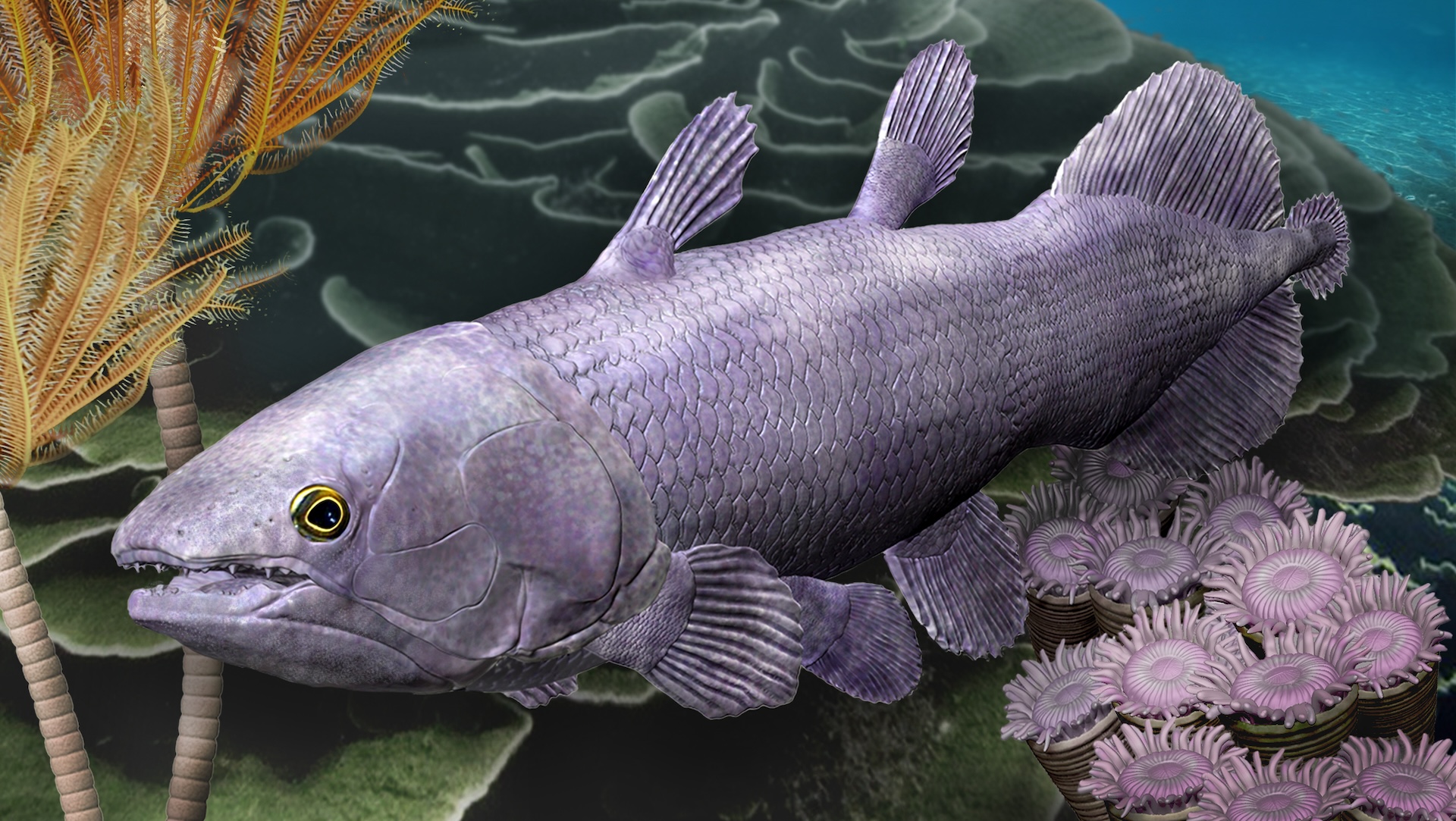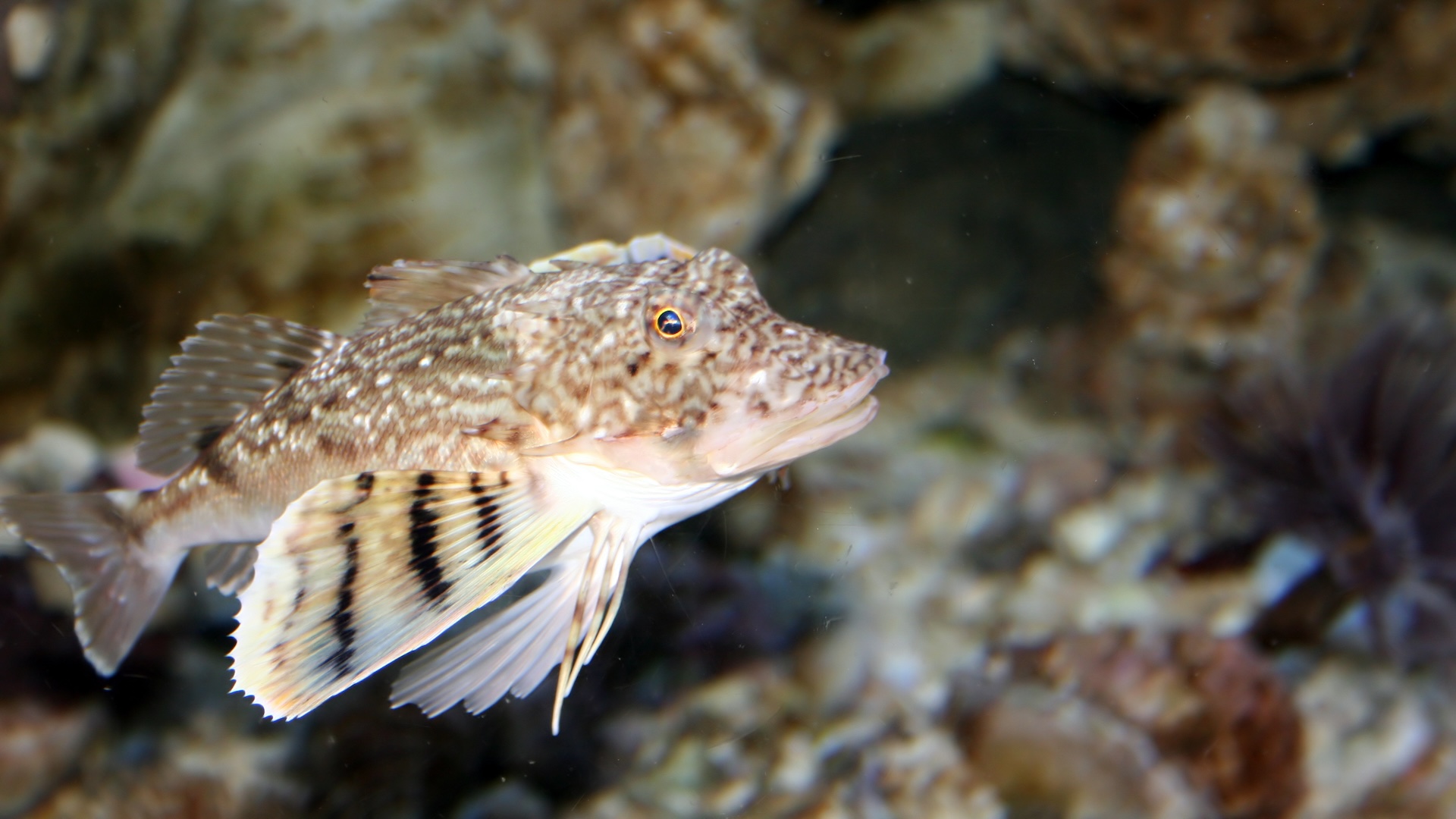Energies, Vol. 16, Pages 4311: Treatment of Wastewater from Soil Washing with Soluble Humic Substances Using Biochars and Activated Carbon
Energies doi: 10.3390/en16114311
Authors: Gusiatin Pasieczna-Patkowska Bálintová Kuśmierz
Energy can be obtained by pyrolysis of organic wastes, and the solid residue of pyrolysis (biochar) can be used as an adsorbent for the treatment of various types of wastewater. Although soil washing can effectively remediate metal-contaminated soils, it can generate significant amounts of soil washing wastewater (SWW). This study investigated the effectiveness of using activated carbon and various biochars to treat SWW from the remediation of soil heavily contaminated with cadmium (Cd), copper (Cu), nickel (Ni), lead (Pb), and zinc (Zn) with soluble humic substances (SHS) from municipal sewage sludge. Willow biochar (BW), plant biomass biochar (BPB), coconut shell biochar (BCH), and Norit SX2 activated carbon (ACN) were tested at different dosages (12.5–100 g/L) and adsorption times (30–1440 min) for the treatment of SWW. At 100 g/L dosage, biochar removed Cd, Cu, Ni, Pb, and Zn with 56–83%, 32–41%, 18–42%, 75–83%, and 44–83% efficiency, respectively, while ACN removed them with 87–95% efficiency. Only BW and ACN removed soluble organics with efficiencies of 49% and 94%, respectively, at the highest dosage. Adsorption of metals and soluble organics was mainly controlled by physisorption and chemisorption. Diffusion of metals and soluble organics into the different pore sizes was not the most important rate-limiting step. ACN and BW had better structural properties and treated SWW most effectively. BPB and BCH removed metals but not soluble organics, which could be beneficial for SHS recycling.

 1 year ago
31
1 year ago
31


